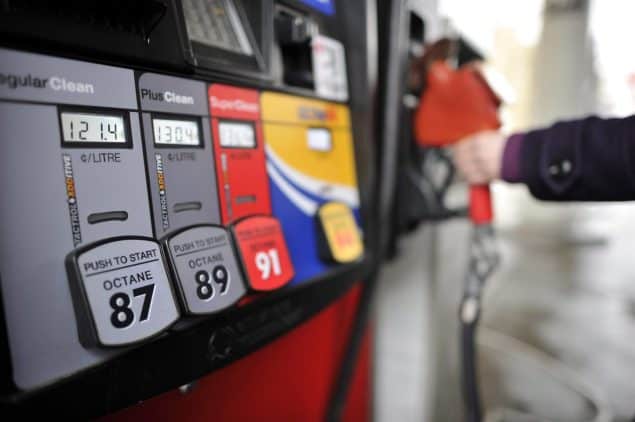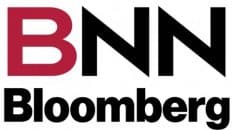Being stuck at a railway crossing gives you time to think and count, but not necessarily in that order. So, the other day I started counting the tanker cars hauling Alberta crude to where I assumed was Montreal and points further east. When the final car passed, a thought struck me that this was a good way to try to understand the pricing configuration that goes into the current pricing prism (or prison) that we see at the pumps today.
The price of a litre of gasoline, diesel, or any road transport fuel is made up of a freight train of price factors for cars, more or less in the following order:
The lead engine is the cost of crude.
Then we have to get the crude to refining so add in the pipeline and other transportation costs, which in oil company jargon is termed the laid down cost at the refinery.
Crude is then refined, and this isn’t free.
Next, the refined product is handed over to marketing, so we are moving from midstream (refining) to downstream (marketing), which is termed the transfer cost.
At this point we have a refining margin to consider, which is the difference between the cost of crude at the start of the train and the wholesale price, because the product is stored at the local bulk station awaiting delivery to the retail outlet.
Once there, a retail marketing margin is added into the final pump price.
The costs for these processes all have fingers-pointed at the oil industry, so we consumers have no control over pricing at this stage other than to not buy the fossil fuels derived from crude. But of course, unfortunately, at this point the alternatives are in the finger-painting planning stage in the hands of politicians, and time is not of the essence, only their images are.
The final car in the pricing train used to be called the caboose. This is where the train staff were housed and fed and where the train guard could keep an eye on all the cars in the train to make sure they stayed on the rails.
The caboose in our train though houses all the taxes that go into the pump price: federal excise, provincial road, and carbon to name but a few, and these vary by province.
To all the encyclopedia of costs itemized above, the final caboose kicker is the federal and provincial approved cash cow of all taxes – the HST. This is not a fixed cost, but a percentage applied to the total cost of supply to be doled out at the pumps.
Therefore – surprise, surprise! The higher the price – the more goes to the government.
This is the only place where the consumer can start pointing fingers to get prices down.
The HST content in gasoline at $2.00/L is 23 cents while at $1.50 the tax is 17 cents.
By capping the HST at $1.50/L the end cost to the consumer would be lowered without eliminating the influx of cash to the federal and provincial cash tills.
The caboose is now redundant in the rail industry. Perhaps we should consider the same fate for the tax industry.








Add comment